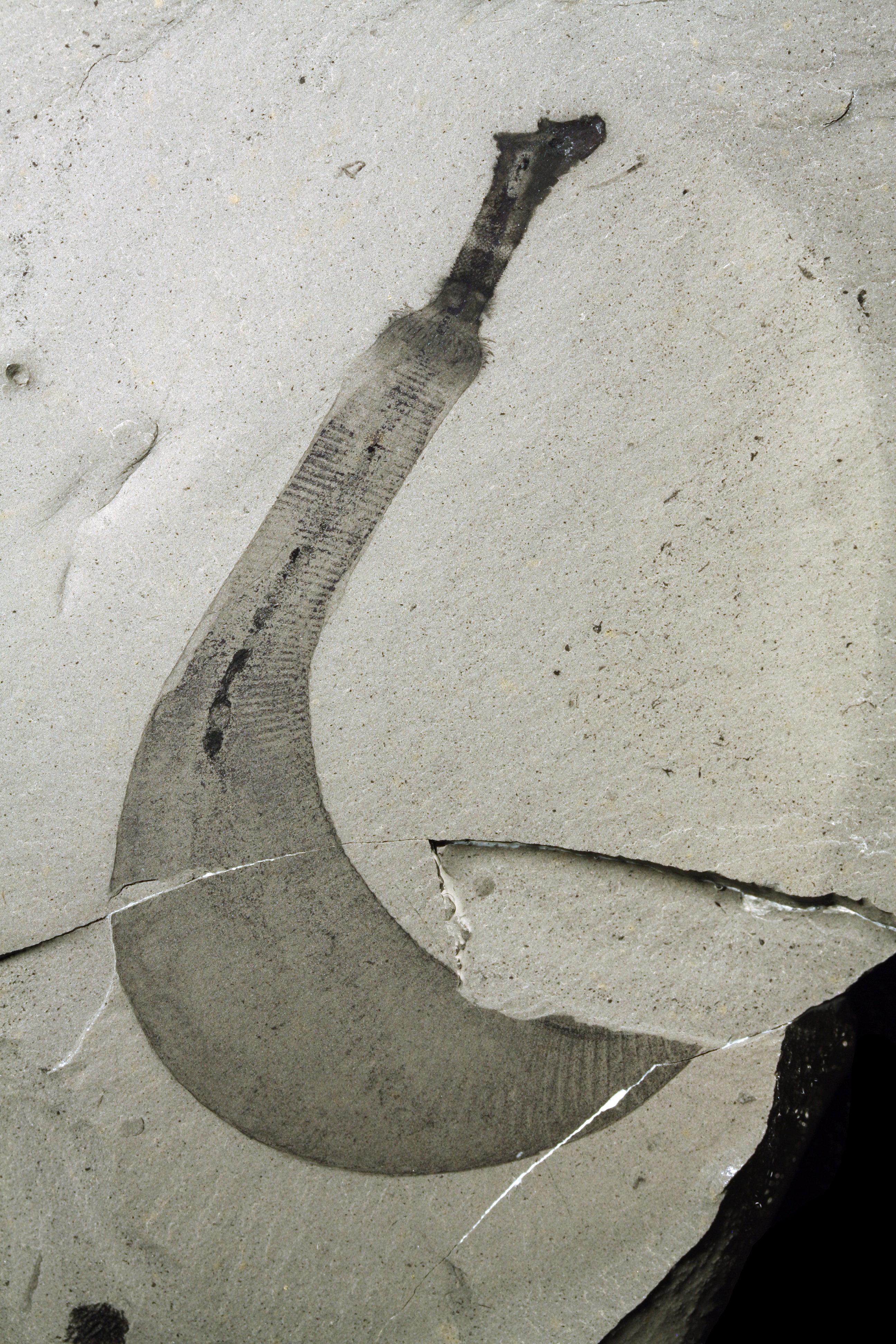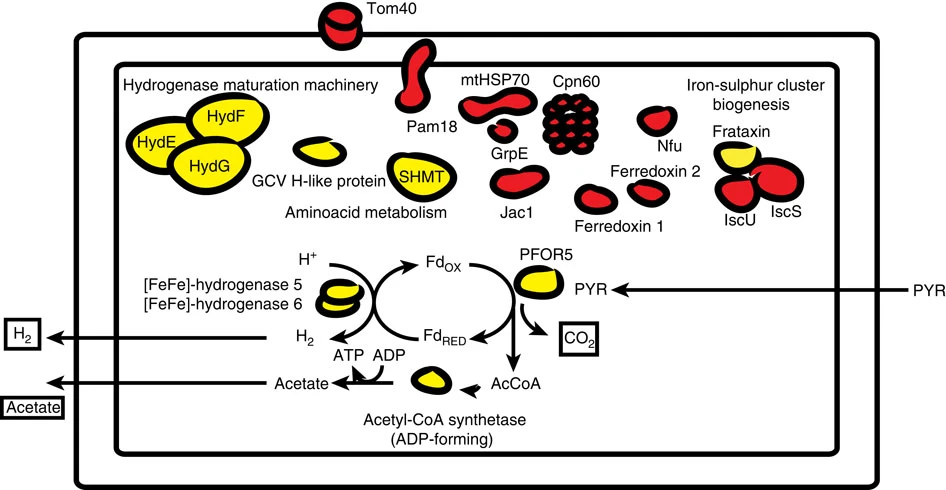|
Loriciferans
Loricifera (from Latin, '' lorica'', corselet (armour) + ''ferre'', to bear) is a phylum of very small to microscopic marine cycloneuralian sediment-dwelling animals that had been determined to be 37 described species, in 9 genera, but in 2021 has increased to 43 species. Aside from these described species, there are approximately 100 more that have been collected and not yet described. Their sizes range from 100 μm to ca. 1 mm. They are characterised by a protective outer case called a lorica and their habitat is in the spaces between marine gravel to which they attach themselves. The phylum was discovered in 1983 by R.M. Kristensen, near Roscoff, France. They are among the most recently discovered groups of animals. They attach themselves quite firmly to the substrate, and hence remained undiscovered for so long. The first specimen was collected in the 1970s, and later described in 1983. They are found at all depths, in different sediment types ... [...More Info...] [...Related Items...] OR: [Wikipedia] [Google] [Baidu] |
Cycloneuralia
Cycloneuralia is a clade of ecdysozoan animals including the Scalidophora (Kinorhynchans, Loriciferans, Priapulids) and the Nematoida (nematodes, Nematomorphs). It may be paraphyletic, or may be a sister group to Panarthropoda. Or perhaps Panarthropoda is paraphyletic with respect to Cycloneuralia. The group has also been considered a single phylum, sometimes given the old name Nemathelminthes. The uniting character is the nervous system organization with a circumpharyngeal brain and somata–neuropil–somata pattern. The name derives from the position of the brain around the pharynx The pharynx (plural: pharynges) is the part of the throat behind the mouth and nasal cavity, and above the oesophagus and trachea (the tubes going down to the stomach and the lungs). It is found in vertebrates and invertebrates, though its struc .... References Ecdysozoa taxa Protostome unranked clades {{protostome-stub ... [...More Info...] [...Related Items...] OR: [Wikipedia] [Google] [Baidu] |
Pliciloricus Enigmaticus
'' Pliciloricus enigmaticus'' is a marine Loriciferan species of genus ''Pliciloricus'' first described by Higgins & Reinhardt Kristensen, Kristensen 1986. Description ''Pliciloricus enigmaticus'' is a marine species in which adults measure between 160–268 µm of length (excluding any cone mouth). The body is dual compound, located in the second row spinoscalids in position medioventral and lies fused in the middle of its length basal. It usually is very modified, strongly sclerotised, and rigid. The 15 spinoscalids have claws in the third row. Spinoscalids with 4–7 teeth that alternate with spinoscalids that are not modified. The Lorica features 7 ridges cuticular transverse and longitudinal ridges doubles, 2 plates lateroventral of the caudal region. The anus is terminal. Distribution The species name ''Pliciloricus enigmaticus'' has so far only been used for animals found in the northwestern Atlantic Ocean: Two finds off the eastern shore ... [...More Info...] [...Related Items...] OR: [Wikipedia] [Google] [Baidu] |
Priapulida
Priapulida (priapulid worms, from Gr. πριάπος, ''priāpos'' 'Priapus' + Lat. ''-ul-'', diminutive), sometimes referred to as penis worms, is a phylum of unsegmented marine worms. The name of the phylum relates to the Greek god of fertility, because their general shape and their extensible spiny introvert (eversible) proboscis may resemble the shape of a human penis. They live in the mud and in comparatively shallow waters up to deep. Some species show a remarkable tolerance for hydrogen sulfide and anoxia. They can be quite abundant in some areas. In an Alaskan bay as many as 85 adult individuals of ''Priapulus caudatus'' per square meter has been recorded, while the density of its larvae can be as high as 58,000 per square meter. Together with Echiura and Sipuncula, they were once placed in the taxon Gephyrea, but consistent morphological and molecular evidence supports their belonging to Ecdysozoa, which also includes arthropods and nematodes. Fossil findings show that ... [...More Info...] [...Related Items...] OR: [Wikipedia] [Google] [Baidu] |
Hydrogenosome
A hydrogenosome is a membrane-enclosed organelle found in some anaerobic ciliates, flagellates, and fungi. Hydrogenosomes are highly variable organelles that have presumably evolved from protomitochondria to produce molecular hydrogen and ATP in anaerobic conditions. Hydrogenosomes were discovered in 1973 by D. G. Lindmark and M. Müller. Because hydrogenosomes hold evolutionary lineage significance for organisms living in anaerobic or oxygen-stressed environments, many research institutions have since documented their findings on how the organelle differs in various sources. History Hydrogenosomes were isolated, purified, biochemically characterized and named in the early 1970s by Lindmark and Müller at Rockefeller University. In addition to this seminal study on hydrogenosomes, they also demonstrated for the first time the presence of pyruvate:ferredoxin oxido-reductase and hydrogenase in eukaryotes. Further studies were subsequently conducted on the biochemical cytology a ... [...More Info...] [...Related Items...] OR: [Wikipedia] [Google] [Baidu] |
Mitochondria
A mitochondrion (; ) is an organelle found in the Cell (biology), cells of most Eukaryotes, such as animals, plants and Fungus, fungi. Mitochondria have a double lipid bilayer, membrane structure and use aerobic respiration to generate adenosine triphosphate (ATP), which is used throughout the cell as a source of chemical energy. They were discovered by Albert von Kölliker in 1857 in the voluntary muscles of insects. The term ''mitochondrion'' was coined by Carl Benda in 1898. The mitochondrion is popularly nicknamed the "powerhouse of the cell", a phrase coined by Philip Siekevitz in a 1957 article of the same name. Some cells in some multicellular organisms lack mitochondria (for example, mature mammalian red blood cells). A large number of unicellular organisms, such as microsporidia, parabasalids and diplomonads, have reduced or transformed their mitochondria into mitosome, other structures. One eukaryote, ''Monocercomonoides'', is known to have completely lost its mitocho ... [...More Info...] [...Related Items...] OR: [Wikipedia] [Google] [Baidu] |
Mediterranean Sea
The Mediterranean Sea is a sea connected to the Atlantic Ocean, surrounded by the Mediterranean Basin and almost completely enclosed by land: on the north by Western and Southern Europe and Anatolia, on the south by North Africa, and on the east by the Levant. The Sea has played a central role in the history of Western civilization. Geological evidence indicates that around 5.9 million years ago, the Mediterranean was cut off from the Atlantic and was partly or completely desiccated over a period of some 600,000 years during the Messinian salinity crisis before being refilled by the Zanclean flood about 5.3 million years ago. The Mediterranean Sea covers an area of about , representing 0.7% of the global ocean surface, but its connection to the Atlantic via the Strait of Gibraltar—the narrow strait that connects the Atlantic Ocean to the Mediterranean Sea and separates the Iberian Peninsula in Europe from Morocco in Africa—is only wide. The Mediterranean Sea e ... [...More Info...] [...Related Items...] OR: [Wikipedia] [Google] [Baidu] |
L'Atalante Basin
L'Atalante basin is a hypersaline brine lake at the bottom of the Mediterranean Sea about west of the island of Crete. It is named for the French ''L'Atalante'', one of the oceanographic research vessels involved in its discovery in 1993. L'Atalante and its neighbors the Urania and Discovery deep hyper saline anoxic basins (DHABs) are at most 35,000 years old. They were formed by Messinian evaporite salt deposits dissolving out of the Mediterranean Ridge and collecting in abyssal depressions about deep. L'Atalante is the smallest of the three; its surface begins at about below sea level. Description and biology The L'Atalante basin's salinity is near saturation at 365 (about 8 times that of ordinary seawater), which prevents it from mixing with the oxygenated waters above; therefore, it is completely anoxic. The approximately halocline between the seawater above and brine below teems with bacterial and archaeal cells: they are chemoautotrophs, which feed on ammonia from ... [...More Info...] [...Related Items...] OR: [Wikipedia] [Google] [Baidu] |
Eolorica
''Eolorica'' is a fossilized loriciferan from the mid-Cambrian Deadwood Formation of Saskatchewan, Canada, preserved as a Small Carbonaceous Fossil Small carbonaceous fossils (SCFs) are sub-millimetric organic remains of organisms preserved in sedimentary strata. This category of fossils has traditionally included robust or thick-walled entities such as plant spores, acritarchs and chitinozoa ....Harvey, T. H. P. & Butterfield, N. J. Exceptionally preserved Cambrian loriciferans and the early animal invasion of the meiobenthos. Nat. Ecol. Evol. 1, 22 (2017). References {{Taxonbar, from=Q48996876, from2=Q106889334 Loricifera ... [...More Info...] [...Related Items...] OR: [Wikipedia] [Google] [Baidu] |
Sirilorica
''Sirilorica'' is a genus of stem-group scalidophoran from the Sirius Passet. Morphology ''Sirilorica'' was a worm-like animal ranging from three to eight centimetres in length. Ecology ''Sirilorica'' probably burrowed on the sediment surface, although since it is never preserved alongside burrows the fossils were presumably washed to their final resting places. Affinity The loricate plates align the animal with the loricates and their sister group the priapulids (which have loricae during their juvenile stages). Etymology Its generic name reflects its origin in the Sirius passet, and its loricate appearance. The specific epithet of one species, ''carlsbergi'' honours the Carlsberg Foundation's financial contribution to Sirius Passet Sirius Passet is a Cambrian Lagerstätte in Peary Land, Greenland. The Sirius Passet Lagerstätte was named after the Sirius sledge patrol that operates in North Greenland. It comprises six places in Nansen Land, on the east shore of J. ... [...More Info...] [...Related Items...] OR: [Wikipedia] [Google] [Baidu] |
Cambrian
The Cambrian Period ( ; sometimes symbolized C with bar, Ꞓ) was the first geological period of the Paleozoic Era, and of the Phanerozoic Eon. The Cambrian lasted 53.4 million years from the end of the preceding Ediacaran Period 538.8 million years ago (mya) to the beginning of the Ordovician Period mya. Its subdivisions, and its base, are somewhat in flux. The period was established as "Cambrian series" by Adam Sedgwick, who named it after Cambria, the Latin name for 'Cymru' (Wales), where Britain's Cambrian rocks are best exposed. Sedgwick identified the layer as part of his task, along with Roderick Murchison, to subdivide the large "Transition Series", although the two geologists disagreed for a while on the appropriate categorization. The Cambrian is unique in its unusually high proportion of sedimentary deposits, sites of exceptional preservation where "soft" parts of organisms are preserved as well as their more resistant shells. As a result, our understanding of the Ca ... [...More Info...] [...Related Items...] OR: [Wikipedia] [Google] [Baidu] |
Spinoloricus
''Spinoloricus'' is a genus of nanaloricid loriciferans. Its type species is ''S. turbatio'', described in 2007, and another species, native to completely anoxic waters, anoxic environment, ''Spinoloricus cinziae'', was described in 2014.Neves, Gambi, Danovaro & Kristensen (2014) ''Spinoloricus cinziae'' (Phylum Loricifera), a new species from a hypersaline anoxic deep basin in the Mediterranean Sea.'' Systematics and Biodiversity'', , 4, . References Loricifera Protostome genera {{Protostome-stub ... [...More Info...] [...Related Items...] OR: [Wikipedia] [Google] [Baidu] |
Ecdysozoa
Ecdysozoa () is a group of protostome animals, including Arthropoda (insects, chelicerata, crustaceans, and myriapods), Nematoda, and several smaller phyla. They were first defined by Aguinaldo ''et al.'' in 1997, based mainly on phylogenetic trees constructed using 18S ribosomal RNA genes. A large study in 2008 by Dunn ''et al.'' strongly supported the Ecdysozoa as a clade, that is, a group consisting of a common ancestor and all its descendants. The group is also supported by morphological characters, and includes all animals that grow by ecdysis, moulting their cuticle. The group was initially contested by a significant minority of biologists. Some argued for groupings based on more traditional taxonomic techniques, while others contested the interpretation of the molecular data. Etymology The name ''Ecdysozoa'' stems etymologically . Characteristics The most notable characteristic shared by ecdysozoans is a three-layered cuticle (four in Tardigrada) composed of orga ... [...More Info...] [...Related Items...] OR: [Wikipedia] [Google] [Baidu] |






